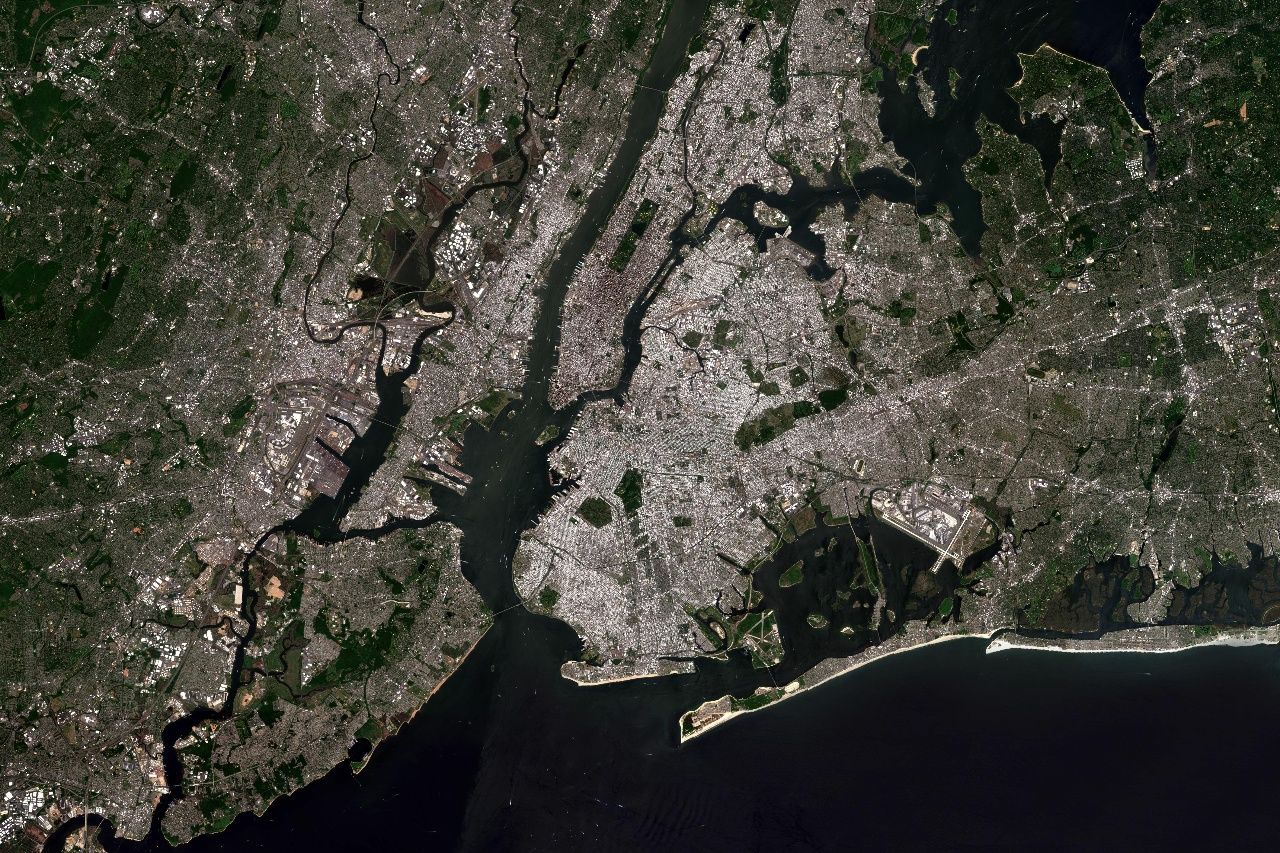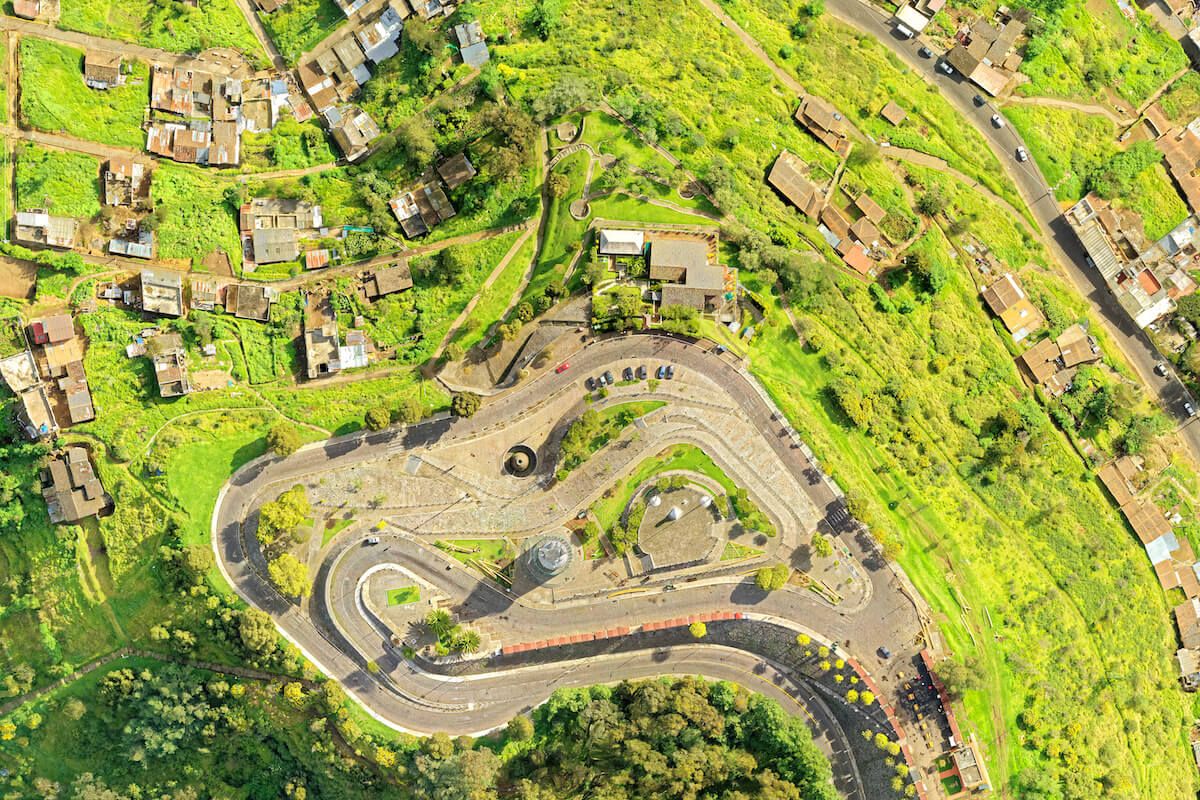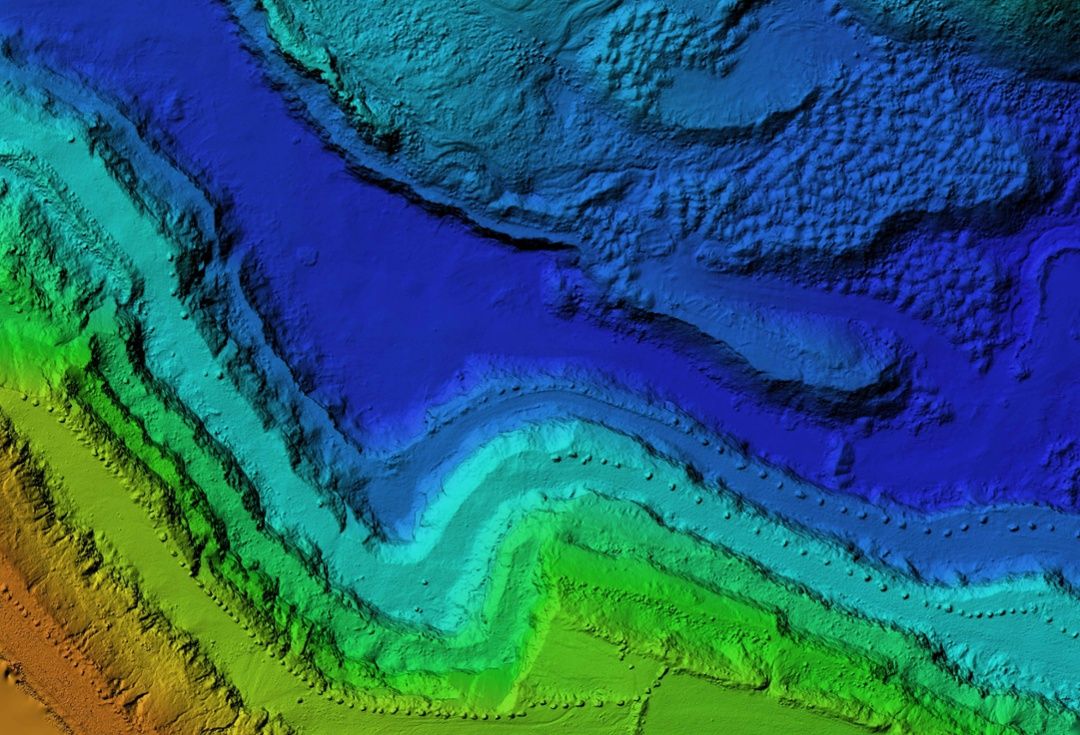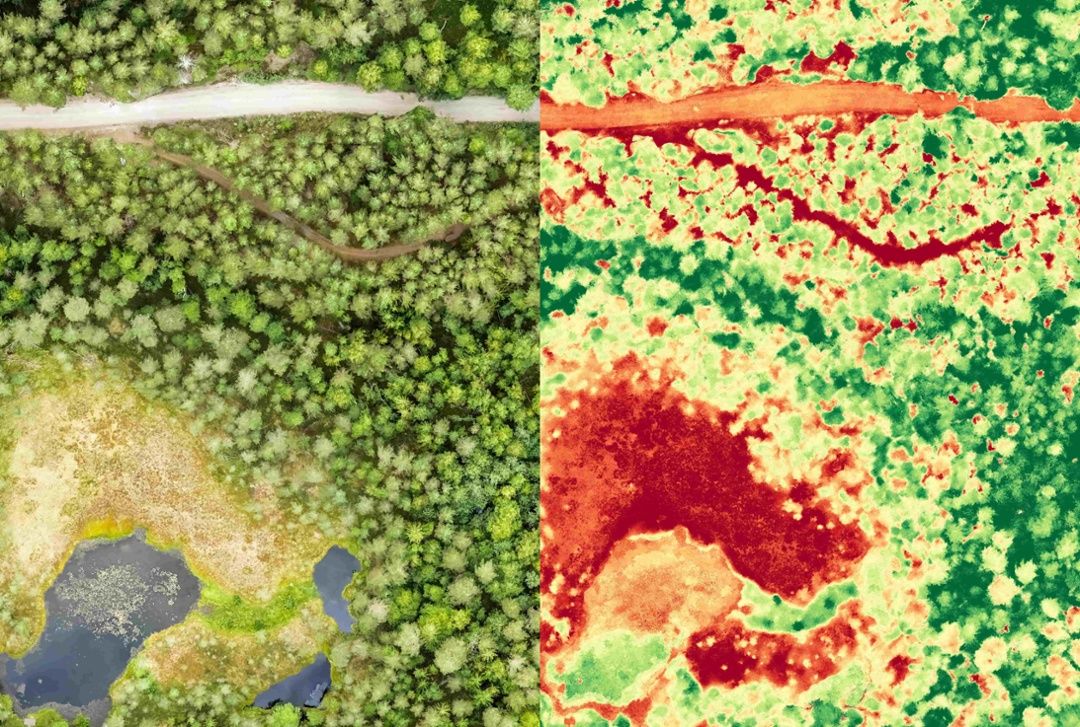The Aerial Perspective Blog
Remote Sensing & the Power of Predictive Analysis

The cutting edge of remote sensing is quickly evolving. Soon, we’ll be using remote sensing predictive analysis — powered by satellites, photogrammetry, and LiDAR technology — to make hard-data predictions and create business results based on natural cycles and patterns of behavior.
Machine learning is already used to process remote sensor data for object detection. But could the recent explosion of robots-as-a-service UAV providers with remote sensing capability fuel a revolution in predictive analytics, too?
What is predictive analytics?
Predictive analytics is a subset of data science that uses statistical modeling and machine learning techniques to play out predictions of future outcomes using historical data.
With the help of sophisticated algorithms, researchers can develop and test future scenarios — usually hundreds or thousands of times over — to achieve a startling degree of precision.
It sounds like science fiction, but predictive analytics are already being used to build out scenarios for energy firms, financial advisors, law enforcement, and pandemic researchers.
As cloud computing makes big data more budget friendly, more organizations are getting access to tools that can help them reliably and accurately predict trends and behaviors seconds, weeks, or even years into the future.
What is remote sensing? Read our helpful guide.
How does remote sensing AI come into play?
Artificial intelligence is commonly used in remote sensing to streamline object identification, producing faster, more accurate results. In fact, studies show that AI is between 43% and 96% more accurate than humans at object identification.
AI allows us to create interactive 3D maps of photogrammetry data sets without spending hundreds of human-powered hours. In the emerging future, machine learning could take on more predictive analysis functions using the incredible wealth of information collected using aerial sensor technologies.
For example, readily-available satellite data (most of which is currently untapped by researchers) can be fed into predictive modeling software alongside socio-economic data to build dynamic models of future environmental and social threats. This has already been done with research models using Google Earth images of a Senegalese flood plain to provide decision-makers on the ground with a powerful new tool to protect their people.
As this technology continues to evolve, these models can pull back the veil of the unknown to help organizations prepare for and respond to humanitarian crises.
Opportunity value for machine learning in remote sensing
Machine learning and remote sensing will likely transform a number of industries in the years to come. Some promising use cases include:
- Disaster risk reduction — Data collected from photogrammetric images of vegetation density surrounding infrastructure can be used to determine a gas pipeline or cell tower’s ability to withstand to catastrophic flooding.
- Asset selection and protection — Modeling erosion and environmental degradation in landslide-prone regions allows stakeholders to make decisions with regard to real estate investment, the location of manufacturing centers and infrastructure, and much more.
- Event prediction for timely response and recovery — Remote sensing data can be used to predict which areas would be hardest hit in a disaster, so municipalities and organizations can properly equip first responders and other support teams as part of a collaborative, interdisciplinary approach to disaster preparation.
- Economic decision making — Photogrammetry is already being used to collect data for natural resource management and financial services.
Conclusion
The connection between these technologies is very promising, but still in early development for many use cases. While the vast pool of data collected from weather satellites is currently in use by researchers, many smaller companies don’t have access to predictive analytics algorithms — so their data largely sits unexamined.
Luckily, that is starting to change. As more companies realize the value of data analytics and remote sensing for industrial and agricultural purposes, the needle will start to move, and these game-changing technologies will become more widely available.

Join our mailing list to stay up to date on the latest releases, product features and industry trends.
Mapware needs the contact information you provide to us to contact you about our products and services. You may unsubscribe from these communications at any time. For information on how to unsubscribe, as well as our privacy practices and commitment to protecting your privacy, please review our Privacy Policy.


